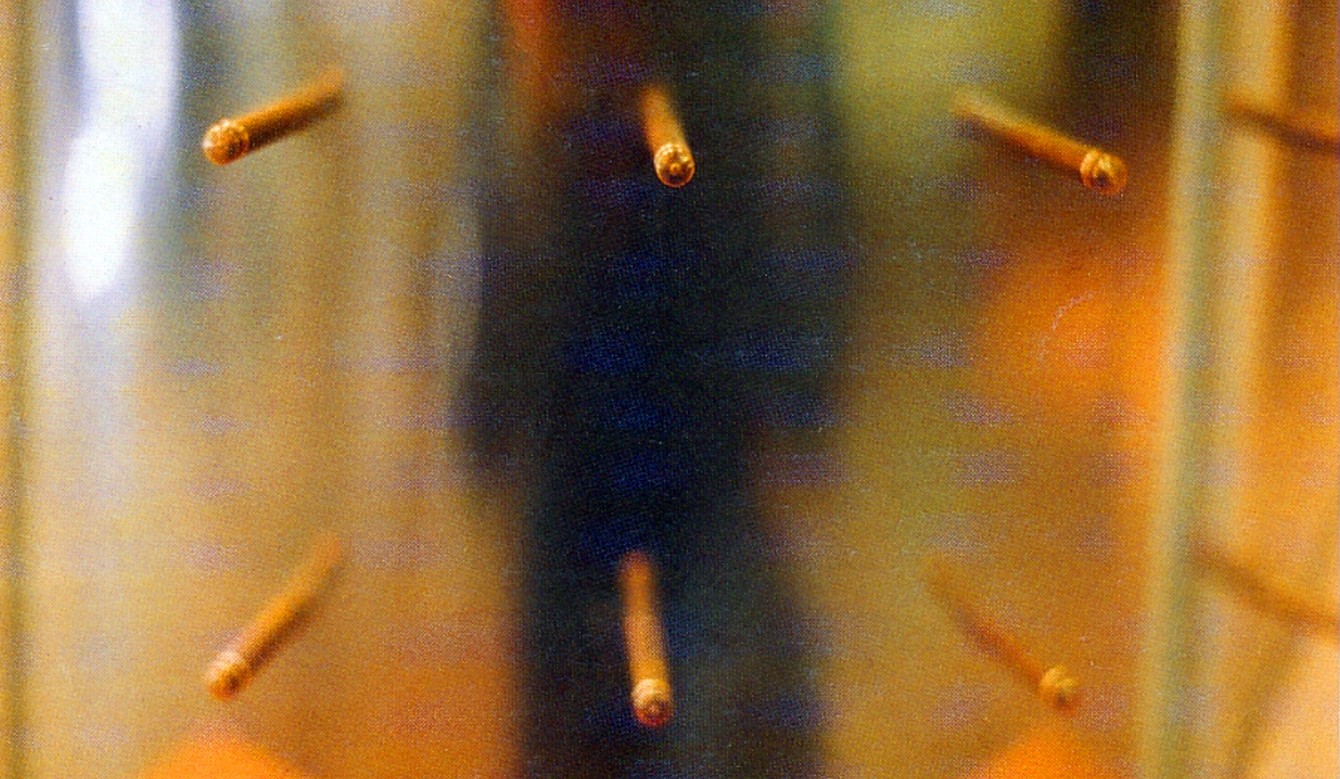A Living Memorial 1995-1998
Memorial Project Against the Forgetting, Racism, Xenophobia and Antisemitism
is a media art context dedicated to the victims of Holocaust realised between 1993 and 1999, launched on 27.1.1995 at the Historical Archives of the City of Cologne, created by the Cologne based media artist Agricola de Cologne, who had at that time still the name W.O.F. Agricola.
Standing under the Patronage of Ignatz Bubis (1927-1999), the late President of Jewish Council of Germany, this memorial project was trying to draw a connection between the historical Nazism 1933-1945 and the neo-fascist manifestations of the days when this project was realised in the 90’ies of 20th century. Not only in Germany, but all over Europe there were daily neo-fascist demonstrations at many places.
This memorial site would not only like to reconstruct this project, which was destroyed in parts due to right-wing vandalism in 1998, but also spotlight this era which reminds a lot of these days, when political right-wing parties and populists get again a very dangerous relevance, and anti-Semitic and anti-Judaistic movements become visible like during the ’90ies when this project was destroyed.The Memorial project had become a victim of its own aims, and as its witnesses the remnants of the destruction became a Memorial – also of lost illusions.
The project and its realisation is unthinkable without the most influencing historical incident of the fall of the Berlin Wall, the co-incidential establishment of the charitable society ARCHA and the Night of Broken Glass at the same day, 9th November 1989.
The Fall of the Berlin Wall was the start of the collaps of the Communist systems in the East of Europe and the reason, why the establishment of ARCHA Society with its President Wilfried Agricola de Cologne aka W.O.F. Agricola and its conceptual direction for a cultural exchange between Western and Eastern European countries, and the connection to the Night of broken Glass as the symolical starting point of the Holocaust became most relevant, because as the president of ARCHA and as such also an an artist, due to the open boarders to the East, Agricola de Cologne was – while visiting the memorial sites documenting Gernman barbarism on Polish ground in form of Auschwitz, Majdanek, Stutthof etc – for the first time really confronted directly with the Holocaust.
It was interesting for him to learn, that the Fall of the Berlin Wall had been saved the State run memorial sites in Poland, because there had been plans to close all memorial sites in near future for sure due to the lack of finances and public interest. But Agricola de Cologne was not visiting these sites as a “normal ” tourist, but as an invited guest by State Auschwitz Museum and State Majdanek Museum in Lublin, and as such a guest, he was spending in Auschwitz several nights, and while he was visiting Majdanek several times, once even fourteen nights, a dangerous self-experimenting.
Being confronted with that part of the German history on Polish ground aimed to exterminate not only the Jews as a people, but also the Slavonic people like the Polish or the Russians, because from the “Arian”, respectively Nazi point of view they were subhuman creatures, whose purpose was to serve as slaves or to be exterminated.
Becoming aware of the dimension of inhumanity had a lasting shocking effect combined with the immediate desire to start working on an artistic contribution for the reconciliation with the Jewish and Polish people – A Living Memorial – the project which has a revival these days, because history seems to be repeating itself.
The Memorial as a Process
read more on
http://alm.a-virtual-memorial.org/?p=63

